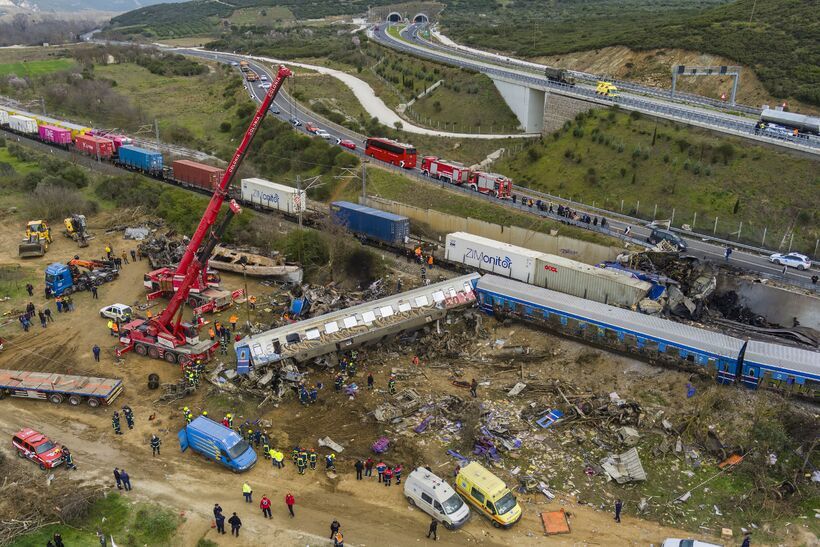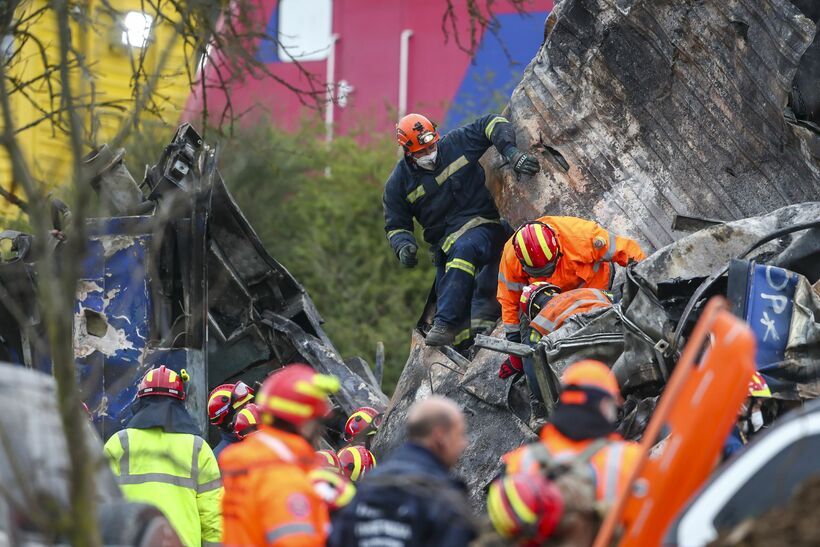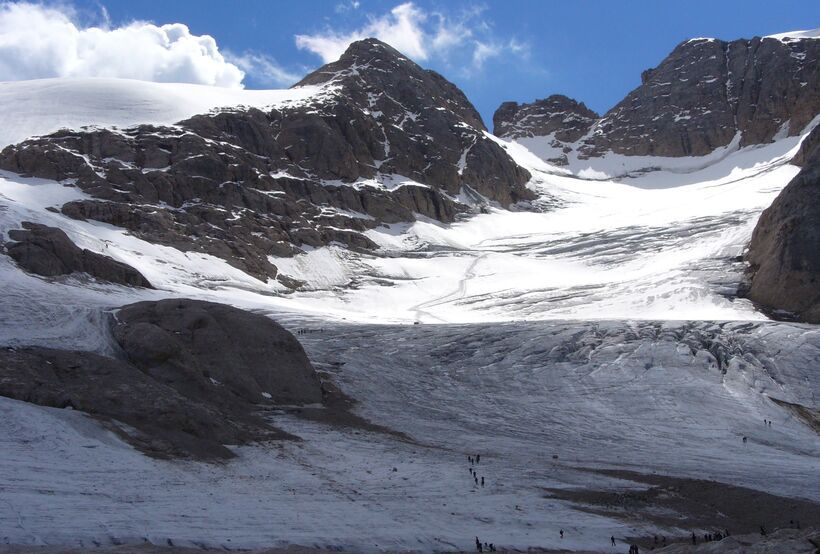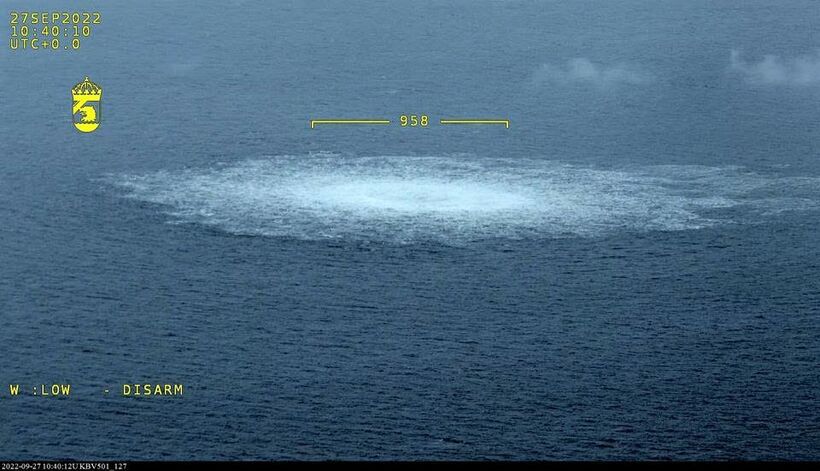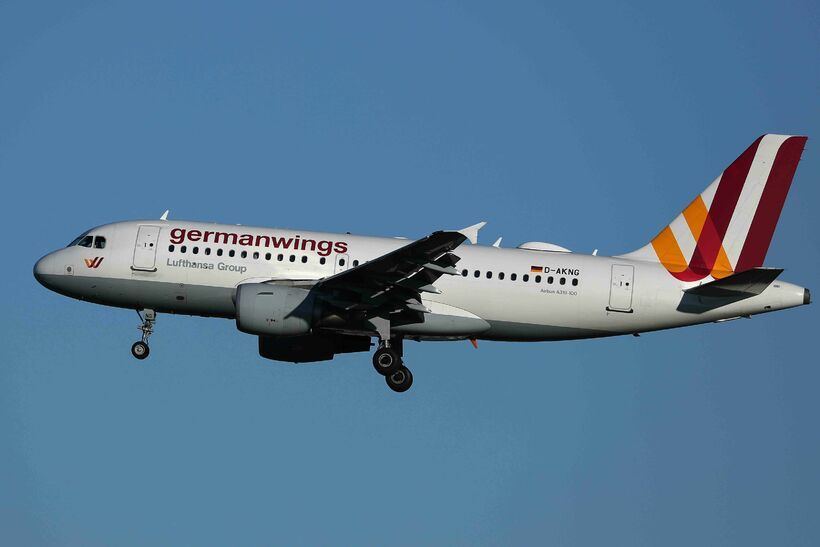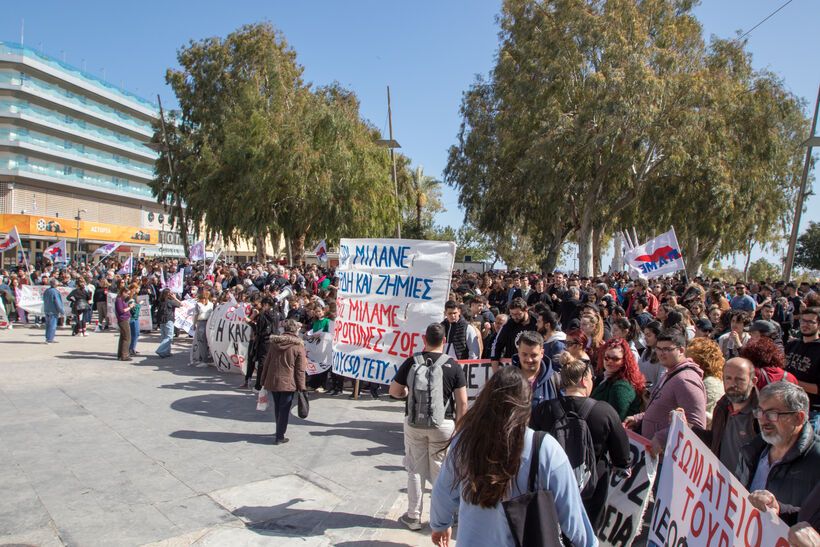What Went Wrong IV
Welcome back to season four of our successful history series, where we continue to explore the backgrounds of man-made disasters and catastrophes that shocked the world.
Every disaster unveils a human failure, and within the narratives of the two ferry disasters explored in this series, there lies a compelling blend of mystery and scandal. Negligence led to the tragic loss of hundreds of lives in both an inexplicable plane crash and an environmental catastrophe claiming the lives of a dozen climbers, alongside a train derailment shrouded in darkness. What links these tragedies together is the subsequent web of cover-ups and finger-pointing. This series delves into the shortcomings of large organizations, where the pursuit of adequate control proves costly, and corners are too frequently cut in the name of saving resources.
The narrative delves into who faced accountability, the reforms enacted, and the broader repercussions for the public relying on the very machines and infrastructures implicated in these catastrophes. Through the pursuit of remarkable footage, firsthand accounts, and expert analysis, the series resurrects these events, shining a light on their complexities.
Episodes
-
The Tempe Train Crash
It was the 28th of February 2023, 11.21 pm, Tempe Valley, Greece. High-speed Intercity train IC62 headed north from Athens to Thessaloniki, into a freight train headed in the opposite direction on the same line. Fifty-seven people died. It was the worst train crash in Greek history. It was caused by faulty points and a distracted station master, according to initial reports, but there was more to the accident than human error. The station ledger shows that the stationmaster knew they were on the same track at least 17 minutes before impact. Why he did nothing is one of the great mysteries of this catastrophe.
-
Marmolada Glacier Collapse
It was the 3rd of July 2022 when ten thousand cubic meters of the lower segment of a glacier on the Marmolada Mountain located in the Dolomites in northern Italy, collapsed onto a popular hiking trail and killed eleven people. This documentary looks at the new normal in the high mountain ranges due to climate change and the safety implications: could 10°C at more than 3000-meter altitude have signaled potential danger and how are glaciers monitored for safety? Global warming has reduced snowfall in high mountain ranges and glaciers worldwide have shrunk, but what happens under the glacier sheet is of greater concern – with melting ice turning to water and eroding the interface between rock and the glacier. Interviewees include glacier experts from Italy and Spain, mountain guides, and geophysicists from Germany, Switzerland, and Italy.
-
Moby Prince
The fire that killed 140 passengers aboard the ferry Moby Prince in 1991 remains one of the greatest mysteries in nautical history. It was the 10th of April 1991, and the ferry Moby Prince left the port of Livorno for Olbia in Sicily. Shortly after leaving its moorings, it crashed into the oil tanker Agip Abruzzo, whose light Iranian oil poured into the ferry and started a fire. All 140 people aboard died. Only one 23-year-old crew member survived. The initial investigation found serious fault with the captain of the Ferry, but twenty-five years later a Parliamentary Commission found that there was much more to the tragedy than the initial investigation found.
-
Germanwings Crash
The Germanwings flight GWI18G took off from El Prat airport near Barcelona, Spain, 26 minutes late at 10.01 am on the 24th of March 2015. Approximately an hour into the flight towards Dusseldorf, Germany, it began a slow descent from a 36000-foot cruising altitude until it crashed into a mountainside in an isolated region north of Nice in France. The air traffic controllers had been unable to contact the flight from when it began its unauthorized descent and lost contact with it on impact. All aboard were killed. As soon as the black box was recovered the investigation very quickly focused on the copilot Andreas Lutz: his patchy psychological history and especially a letter from his doctor giving him work leave to cure his “suicidal tendencies” alerted the authorities to what might have gone wrong.
-
Estonia Ferry Disaster
The sinking of the MS Estonia on Wednesday, 28 September 1994 is the deadliest peacetime sinking of a European ship, after the Titanic, in 1912. The aging ferry was crossing the Baltic Sea in rough weather on the route from Tallinn, Estonia to Stockholm, Sweden when it was lost, killing 852 people, out of the 989 who were aboard. The victims were mostly Swedish and Estonian, though the total number of victims included individuals from 17 different counties – their bodies remain with the wreck, a sea grave that now has protected status, and has been partially entombed by the Swedish government. The wreck’s location, off the southern islands of Finland, is constantly monitored on radar by the Finnish Navy. Despite conspiracy theories alleging the ferry sank due to military equipment on board or collision with a submarine or other floating object, official investigations in 2023 determined these theories to be unfounded, and ruled the ferry was not seaworthy as a key inspection had not been carried out, and an exemption regarding changes on the vessel had not been recorded. This episode delves deep into the engineering failures behind Europe’s most deadly modern-day maritime disaster and details the improvements in ferry safety regulations and life-raft design that came about as a result of the disaster.
-
Nordstream 2 Sabotage
The Nordstream pipelines run from deep in Northern Siberia to Greifswald on the Baltic coast of Germany. They are twin lines – Nordstream 1 and 2 and lie between 60- and 80-meters depth. On the 26th of September 2022, at 2.03 in the morning, the first of two explosions was registered as seismic activity on the Baltic Sea floor near the Danish Island of Bornholm, by the Geological Survey of Denmark; this was followed by a second explosion at 19.03. At the same time the pressure in the pipelines dropped drastically. Inspection by a Danish F16 fighter and by Danish Navy ships confirmed that the gas lines had been ruptured and Siberian gas was bubbling to the sea surface. The images were dramatic – never before had an underwater gas pipeline been bombed. The sabotage occurred six months after the army of the Russian Federation invaded Ukraine. Who was to blame? Accusations and counter-accusations flourished – Russia blaming the British and American secret services, the West reporting suspicious activity by Russian ships a few days before the blast. None of the many hypotheses has yet been confirmed, but the case remains a fascinating spy and engineering story.
Facts
-
Original TitleWhat Went Wrong IV
-
Other TitlesMenschliches Versagen IV
-
Year2024
-
Length6 × 52' (ENG, GER)
-
ResolutionHD
-
Film byPaul Russell, Andrea Vogt
-
Produced by
-
Partners
